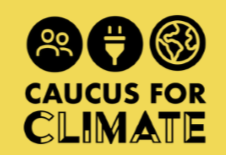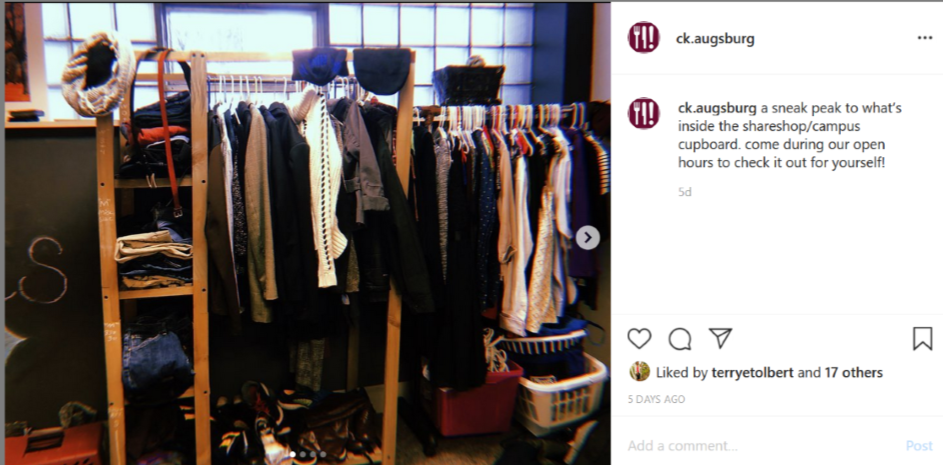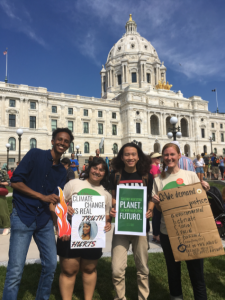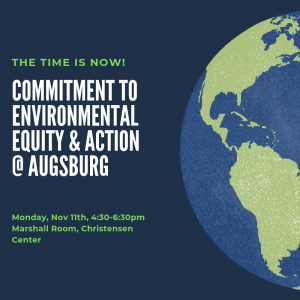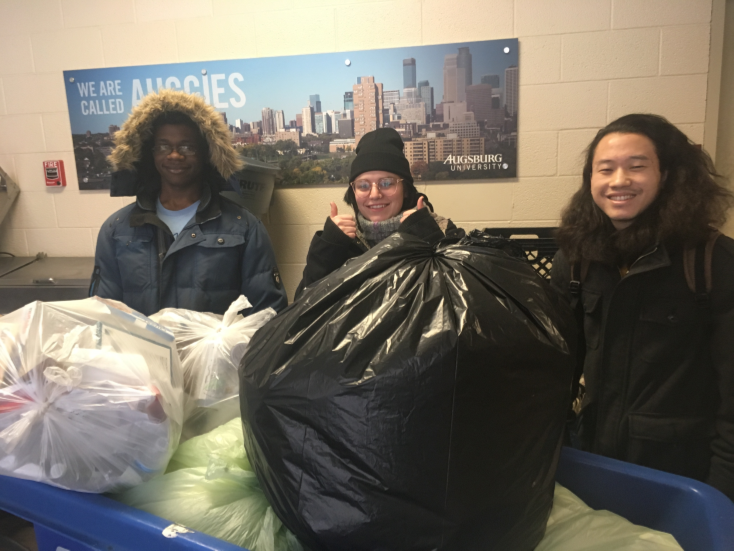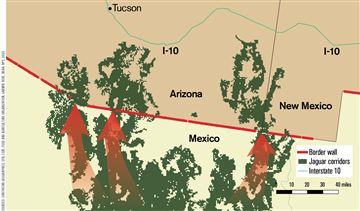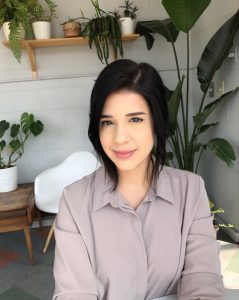
By Lauren Michaels (’19)
Conflict in City Government
During my last two years as an Environmental Studies student at Augsburg, I worked as the Sustainability Intern for the City of St. Louis Park in the Environment and Sustainability Department. I worked at St. Louis Park City Hall alongside a small team of employees to implement the city’s Climate Action Plan, which lays out a road map for the city to reach carbon neutrality by the year 2040. Our job was to encourage residents and businesses to reduce their energy usage and promote the use of renewable energy in place of fossil fuels. The biggest challenge I faced during my internship was adapting to the constant undercurrent of conflict that is considered “normal” when working in public policy. Government employees must balance the interests of residents, businesses, developers, homeowners, city council members, and other groups and everyone needs to participate in the planning process when deciding on the actions to take that will shape the city. With so many clashing groups and interests at the table, conflict was inevitable and always present. I saw conflict stem from lack of citizen trust, lack of government transparency, failure to involve affected groups in the planning process, etc.
A Chance to Grow
As an undergraduate student and newbie to local government, I was pretty uncomfortable in this environment. I wanted to solve all the problems and make everyone happy, thinking that if I “worked hard enough” I could get everyone what they needed. I found myself people-pleasing and overworking to avoid additional issues and accepting work that was beyond what an intern should be assigned. This motivation to “fix” quickly led to frustration and resentment. After a year of avoiding discomfort, I decided to try a new approach by seeking some extra training in this area. After doing some research online, I found Conflict Mediation Training through the Conflict Resolution Center of Minnesota (CRC). My hope was that I would be able to use these skills to manage stress and conflict, making my internship more tolerable. I applied for and was awarded a scholarship to participate in a 5 day, 30 Hour Civil Facilitative Hybrid Mediation Class from the CRC and sustainability grant funding to cover the other half. I applied for this additional grant through the Environmental Studies program at Augsburg and I’m very fortunate to have been awarded these grants since I wouldn’t have been able to afford this type of training on my student budget!
Conflict Mediation Training
For five days, I got to work individually and in groups with experts on conflict and communication, learning about mediation from the ground up, beginning with understanding how and why conflict arises, moving on to how to support others in conflict and finally, how to facilitate conflict between two parties and reach a mutual agreement. Each day I learned new skills and concepts that I was able to take home and try out, many of which have become permanent in my communication style. Here are some concepts that have stuck with me most:
- Win-Win Thinking > Zero-Sum Thinking: As humans, we tend to use zero-sum thinking, which you can read more about here and avoid this pattern by switching to win-win thinking. We do this by remembering that there can be more than one winner in conflict and a possibility usually exists where all parties involved can win or get what they need from the situation.
- Self Determination = Empowerment: Research has shown that people in conflict are more likely to follow through on a solution they come up with together, rather than a suggestion made by an outside party. This means that the most important factor in conflict mediation is that those two people figure it out together, without intervention. It doesn’t matter if a 3rd person has the best answer or knows who’s right and who’s wrong, self-determination of those involved leads to feelings of empowerment and outcome that those involved will support.
- Say “No” to Indefinites: Avoid the words “always” and “never”, for example, “you never do the dishes,” or, “I always do all the work.” It doesn’t make sense to use indefinites because it’s not possible for someone to always do something and you don’t know if someone will never do something in the future, so focus on speaking for yourself and using “I” statements to clearly express your own wants and needs.
- We Mirror One Another: Humans tend to unconsciously mirror one another, meaning that If you want someone else to stay calm, you must stay calm and you’ll have a greater chance of having that other person reflect that energy back at you.
I didn’t become a conflict resolution expert or find a magic solution that allowed everyone at my internship to work together harmoniously, but I did gain skills in conflict resolution which boosted my confidence and eased anxiety. Knowing that I was a tiny bit more prepared to handle a conflict made the undercurrent of tension at City Hall more tolerable. During the training, I practiced remaining neutral in conflict situations and staying on the outside of them, rather than becoming emotionally involved. I gained clarity on how to take a step back, which lessened the weight of responsibility I carried around at my job. I became a better listener which has improved my relationships in and out of work. Having the opportunity to explore the situations that made me uncomfortable during this training was empowering and made conflict feel less intimidating.
Scholarships and Training for Students (Especially BIPOC Students)
The last note to make is that I believe all students, especially black and indigenous students, students of color, and students from low income and underserved communities should set aside time to reflect on their skills and consider applying for scholarships to complete additional training that would help in the job they are seeking after college. Many organizations have scholarship funding set aside for students. If you can’t find scholarship information on their website, don’t be afraid to reach out via email and ask if there are funds available for students. If you find a training that’s a good fit for you and there are no scholarships available through the organization, check in with your school! Ask the director of your program or your academic advisor if there are grants available. You’d be amazed at what they can find for you. If the training will help you excel professionally, there’s a good chance your school will be willing to support that financially. Besides gaining extra skills, this is a great way to gain extra confidence when entering the workforce and boost your resume. I encourage all students to explore additional training before they graduate, especially those from communities that have been historically and systematically discriminated against.
My name is Lauren Michaels. I’m a community activist with a passion for social justice and an interest in using storytelling as a healing modality. In December 2019, I received a bachelor’s degree from Augsburg University in Environmental Studies and am currently seeking a position that allows me to expand my writing and media skills. Connect with me at: www.linkedin.com/in/laurenmichaels2020
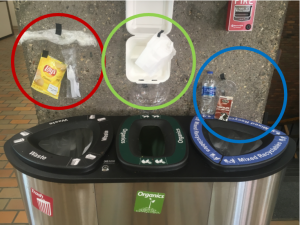


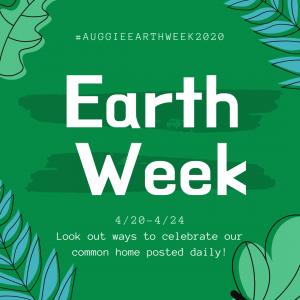 April 22 is the 50th anniversary of Earth Day!! While we can’t celebrate in person, we invite you to take collective action with Auggies near and far. The first Earth Day mobilized college students to demand action for clean air and water for everyone, and in this time of public health and climate crisis, we can still take action together towards long-term change that supports the health and wellbeing of us all. What can we transform? What could a revolutionary new normal look like? Whether you have the time, energy, and passion for taking small personal action, learning something new, building community, or advocating for policy change, we want to hear about it!
April 22 is the 50th anniversary of Earth Day!! While we can’t celebrate in person, we invite you to take collective action with Auggies near and far. The first Earth Day mobilized college students to demand action for clean air and water for everyone, and in this time of public health and climate crisis, we can still take action together towards long-term change that supports the health and wellbeing of us all. What can we transform? What could a revolutionary new normal look like? Whether you have the time, energy, and passion for taking small personal action, learning something new, building community, or advocating for policy change, we want to hear about it!